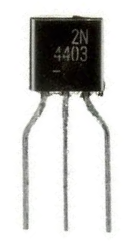Collector Region of a Bipolar Junction Transistor (BJT)

A bipolar junction transistor has 3 regions: the base, the collector, and the emitter.
This is illustrated below:

The collector region is the region of the transistor where the amplified current is output from. It is the output region through where the amplified current leaves through a transistor.
Role of Collector Region of a BJT Transistor
The role of the collector region is to collect or attract current carriers injected inot the base region of the transistor.
In a bipolar junction transistor, current flows from the emitter to the collector and then out from the collector.
Therefore, the collector attracts the majority of the charge carrier. In a npn transistor, it attracts a large amount of electrons from the base and emitter regions. In a pnp transistor, it attracts a large amount of holes from the base and emitter regions.
Being that the collector attracts the most charge carriers, it is the region of the transistor which generates the most heat. In order to dissipate this heat that builds up in this region, the collector is designed to be the largest region of a transistor. The large surface area makes it easier for the collector to dissipate heat. If the collector were smaller, heat would build up easier and the transistor would overheat quicker. The large area of the collector protects against this.
The collector region is moderately doped, meaning a moderate amount of charge carriers are doped in it.
The collector region is not doped as much as the emitter region, but it still adds to the total amplification of
the output current signal.
Related Resources
How to Calculate the Collector Current, IC, of a Transistor
What is Open Collector Output
